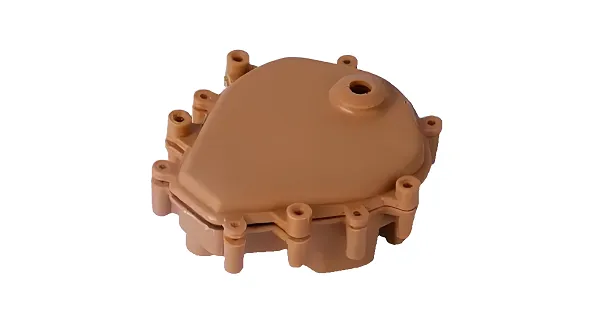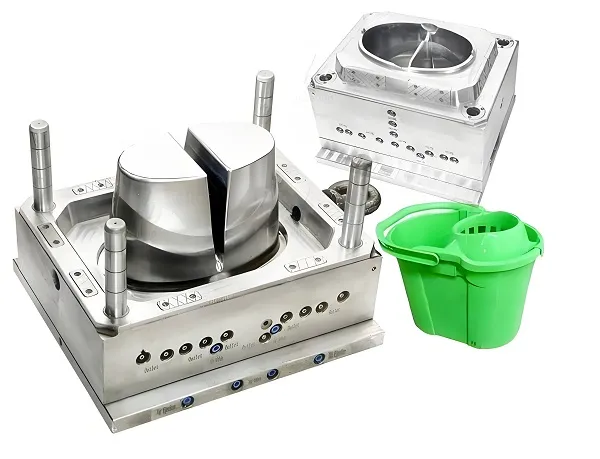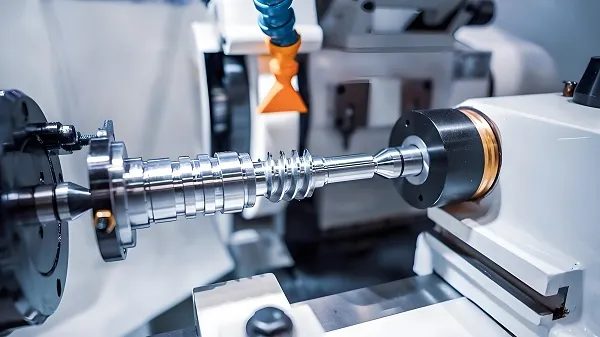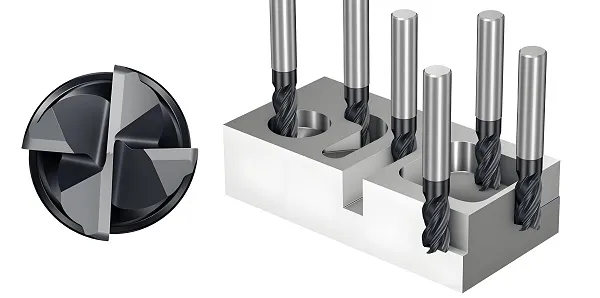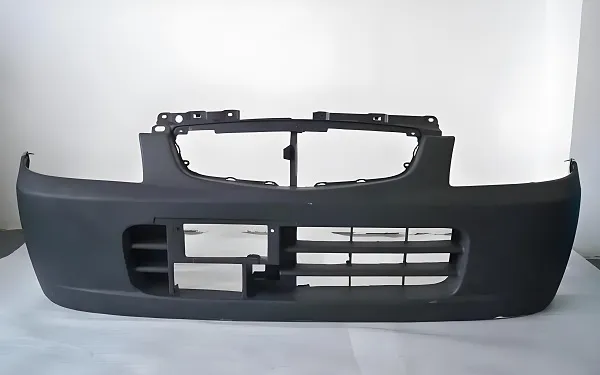Against the backdrop of rapid product iteration and a surge in personalized demands, low – volume injection molding processing services have become crucial for enterprises to achieve agile development and precise production. Through innovative mold technologies, intelligent production processes, and full – chain quality control, low – volume injection molding processing services have successfully made the leap from “inefficient small – batch production” to “efficient customized manufacturing”.
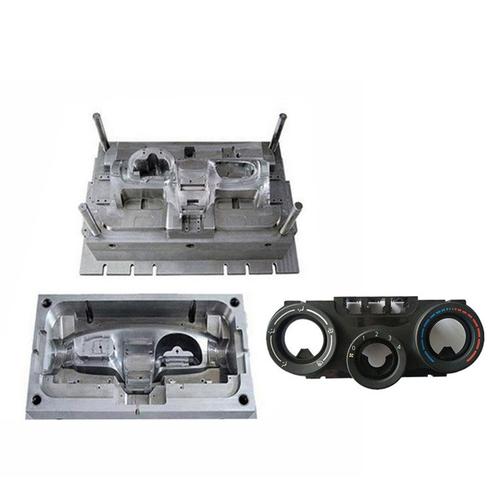
I. Why Can’t Traditional Injection Molding Meet the Needs of Low – volume Production?
Q&A: What are the core advantages of low – volume injection molding processing services?
The traditional injection – molding processing model has three significant pain points when dealing with low – volume orders (usually 50 – 5000 pieces):
Cost imbalance: The development cost of standardized steel molds is extremely high (about 80,000 – 300,000 yuan). When allocated to low – output products, the unit cost soars, being 4 – 6 times higher than that of large – scale production, severely squeezing the profit margin.
Long cycle: From mold design, manufacturing to mold – testing and adjustment, the conventional process takes 6 – 12 weeks, making it difficult to keep up with the rapid market – launch rhythm of products, causing enterprises to miss market opportunities.
Crude process: Using the mass – production process without optimizing for the characteristics of low – volume products, it is prone to defects such as sink marks, bubbles, and dimensional deviations. The defect rate is as high as 18% – 25%, resulting in a double waste of materials and time.
However, low – volume injection molding processing services take “cost – reduction, efficiency – improvement, and rapid response” as the core:
Precise cost control:
Flexible mold solutions: Depending on the order scale, flexibly select rapid molds (aluminum molds, soft molds) or optimized steel molds. The mold cost is reduced by 50% – 80%, and the unit production cost drops by 35% – 50%.
Intelligent production scheduling optimization: Through AI algorithms, integrate the demands of multiple orders, share mold and equipment resources, and increase the capacity utilization rate to 85%, further reducing costs.
Data – driven acceleration: With the help of digital design and simulation technologies, the cycle from order confirmation to the delivery of the first piece is compressed to 7 – 15 days, 60% faster than the traditional mode, helping enterprises quickly seize market opportunities.
II. How Does the Core Process of Low – volume Injection Molding Achieve Efficient Production?
Diverse rapid mold technologies
Aluminum – based mold solutions: Use high – strength aviation – grade aluminum alloys (such as 6061, 7075), combined with five – axis high – speed milling (accuracy ±0.01mm) and electrical discharge machining technology. The mold manufacturing can be completed in 7 – 10 days. The mold life can reach 10,000 – 50,000 times, suitable for orders of 200 – 5000 pieces, and the cost is only 30% – 50% of that of steel molds.
Soft – mold rapid prototyping: Use silicone or epoxy resin to make simple molds, which can be delivered within 3 – 5 days, with a cost as low as 1/10 of that of steel molds. It is especially suitable for sample trial – production and concept verification of 50 – 200 pieces, helping enterprises quickly verify product designs.
Optimized design of low – cost steel molds: Apply the modular design concept, reduce complex core – pulling structures, use standard mold bases for rapid assembly, and achieve product iteration through local insert replacement. The mold development cycle is shortened to 15 – 20 days, and the cost is reduced by 40%, meeting the medium – batch production demand of 500 – 10000 pieces.
Intelligent production execution system
AI – optimized process parameters: Real – time collect more than 60 key parameters such as injection pressure (80 – 150MPa), melt temperature (180 – 320℃), and packing time (3 – 20s). Based on material properties (such as PP, PC, PA) and product structures, the AI algorithm automatically generates the optimal process plan, reducing the defect rate from 20% to less than 5% and at the same time reducing material waste by 20%.
Flexible automated production line: Configure robots for automatic loading and unloading, an intelligent sorting system, and a quick – mold – change device (mold – change time < 8 minutes), enabling rapid switching of multi – variety and small – batch production. The equipment utilization rate is increased to 85%, and the production efficiency is improved by 40%.
Dynamic mold – temperature control: Adopt 3D – printed conformal cooling technology to customize the mold cooling water channels, increasing the mold temperature uniformity by 50%, shortening the cooling time by 30%, and reducing the molding cycle by 15% – 20%.
Full – process digital management
Design and simulation stage: Use Moldflow for mold – flow analysis, accurately predict the position of weld lines, warpage deformation (accuracy ±0.03mm), and sink – mark depth, optimize the gate layout, wall – thickness distribution, and cooling – system design, reducing the number of mold trials by 90% and reducing design risks.
Production monitoring stage: The MES system tracks production progress, equipment status, and quality data in real – time. In case of abnormalities, it automatically alarms and pushes solutions to ensure on – time order delivery. At the same time, through digital – twin technology, simulate the production process to anticipate potential problems in advance and achieve preventive maintenance.
Quality – traceability stage: Use industrial CT (resolution 0.01mm) to detect internal defects, and a coordinate – measuring machine (accuracy ±0.005mm) to verify key dimensions. All test data are automatically uploaded to the cloud to form a complete quality – traceability file, ensuring product traceability.
III. Quality Control: Stringent Inspection throughout the Chain from Raw Materials to Finished Products
Multi – dimensional quality inspection system
Appearance inspection: The AI vision inspection system completes the surface scanning of products within 0.2 seconds, capable of identifying 0.05mm – level flash and black spots below 0.3mm², with a missed – detection rate of less than 0.002%.
Dimensional inspection: Use a coordinate – measuring machine to precisely measure key dimensions (tolerance ±0.02mm) and geometric tolerances (flatness ≤ 0.01mm) to ensure product assembly accuracy.
Function testing: Conduct air – tightness tests on seals (hold pressure at 0.8MPa for 30 seconds) and fatigue tests on structural parts (10⁶ cycles without fracture) to verify the actual performance of products.
Component analysis: Use a spectrometer to detect the components of plastic particles, ensuring that the glass – fiber content, flame – retardant ratio, etc. meet international standards such as UL and RoHS, and preventing inferior materials from entering production.
Performance testing: Use equipment such as a melt – indexer and a universal material testing machine to measure key indicators of materials such as melt flow index, tensile strength, and impact toughness, with the error from the standard value controlled within ±3%.
Stringent material – level screening:
Comprehensive product – level inspection:
Intelligent defect – prevention mechanism
First – piece twelve – inspection system: A professional team composed of mold engineers, process engineers, and quality inspectors strictly inspects 40 indicators of the first – piece product, such as mold status, material batch, and process parameters, intercepting potential defects at the source.
Real – time process monitoring: Through pressure sensors, temperature sensors, etc., monitor abnormalities such as mold wear and screw – speed fluctuations in real – time. The system gives an early warning and automatically adjusts parameters to prevent batch non – conformities.
IV. How to Achieve Cost – reduction and Efficiency – improvement in Low – volume Production?
Q&A: Does low output necessarily mean high cost and low efficiency?
Through three innovative strategies, low – volume injection molding processing achieves a cost reduction of 35% – 50% and a delivery – cycle shortening of 50% – 70%:
Step – by – step mold strategy: Accurately match the mold type according to the order quantity. For example, use soft molds for 50 – 200 pieces, aluminum molds for 200 – 1000 pieces, and optimized steel molds for 1000 – 5000 pieces, achieving the best balance between cost and performance.
Shared manufacturing model: Integrate the low – volume order demands of multiple customers, schedule production centrally, share mold resources and equipment capacity, reducing the unit production cost by 25% – 35%.
Digital – twin optimization: Create a digital – twin model for each mold, simulate the production process to predict potential risks, reduce 2 – 3 physical mold trials, save 40% of time costs, and at the same time reduce mold modification costs.
V. Core Considerations for Choosing Low – volume Injection Molding Services
Comprehensive technical strength: The supplier should have the manufacturing capabilities for all types of molds such as aluminum molds, soft molds, and steel molds, as well as material – processing experience covering engineering plastics and special plastics to meet diverse needs.
Digitalization level: Have digital tools such as mold – flow analysis, AI process optimization, and MES systems to achieve full – process data – driven from design to production, ensuring efficient and accurate delivery.
Quality – assurance ability: Provide ISO 9001 quality – management system certification, third – party test reports, and a complete after – sales quality – traceability service to ensure reliable product quality.
Conclusion
Low – volume injection molding processing services, with innovative technologies and intelligent management at their core, break the shackles of traditional production models and provide enterprises with efficient, economical, and flexible manufacturing solutions. In the current era of accelerated product iteration and volatile market demands, low – volume injection molding services with “flexible molds + intelligent production + precise quality” are becoming important tools for enterprises to quickly respond to the market, reduce R & D risks, and enhance competitiveness. From new – product development to niche customization, low – volume injection molding services will continue to assist enterprises in achieving innovative development and business success with excellent cost control and efficient quality delivery.
(Contact us immediately to obtain a customized low – volume injection molding solution and a free cost – benefit analysis service)

